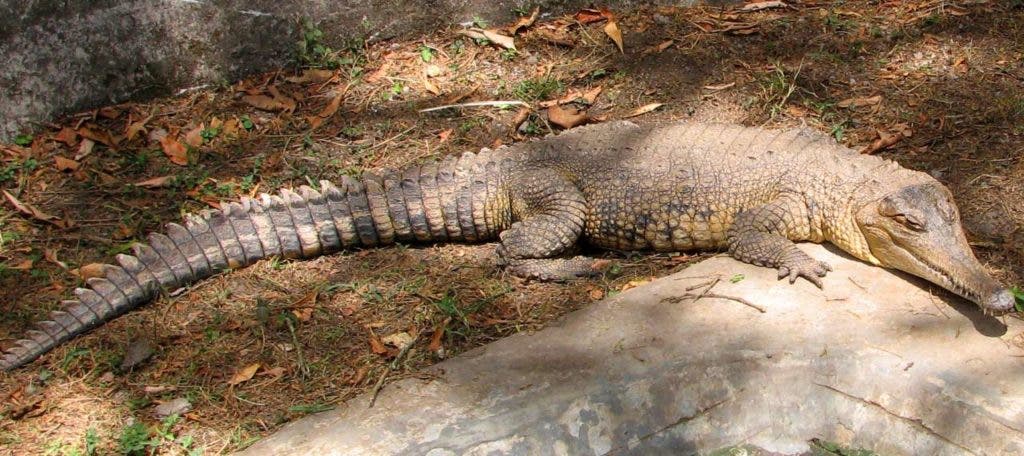
Scientists have identified a new species of crocodile for the first time in more than 80 years. The species, dubbed Mecistops leptorhynchus or the Central African slender-snouted crocodile, did not suddenly appear out of nowhere — it has been hiding in plain sight all along. Up until now, the animal was thought to be the same species as Mecistops cataphractus, its West African counterpart.

It took Matt Shirley, study lead author and a researcher at Florida International University, more than ten years of painstaking work to come to a new species designation for the Central African croc. During this whole time, Shirley traveled through more than a dozen African countries, paddling across thousands of miles in search for crocs and scoured through museum samples around the world. He even caught malaria 16 times. To make things even more challenging, the M. cataphractus holotype—the specimen used to originally identify the species— was destroyed when the Nazis bombed the National History Museum in London. But, in the end, it was all worth it.
The West African croc was first described in 1835, but scientists have always had a hunch that there may be a second, very similar species.
In a new study published in the journal Zootaxa, Shirley and colleagues showed that there are two slender-snouted crocs. The main difference between the two is that the Central African crocs have softer, smoother scales than their West African cousins. Another defining feature is that the Central African crocs don’t have bony crests on their skulls, unlike their counterparts.
A genetic comparison of the two species suggests that the two diverged more than eight million years ago. The volcanic activity of a volcano in Cameroon led to the formation of mountains that were impenetrable to the crocs. In time, different populations isolated from one another speciated. They’re still very similar but different enough to be called distinct species.
The study is also somewhat bad news for Mecistops cataphractus, which is now down to only 500 individuals left in the wild, following the new designation. Both species are affected by habitat loss and poaching, and Shirley hopes that his work will help boost conservation efforts.
National Geographic reports that Shirley and colleagues are currently working with the governments of Côte d’Ivoire and Ghana to breed the animals in captivity. Ultimately, the plan is to release more than 30 of the animals currently residing at a zoo in Côte d’Ivoire. Hopefully, Africa’s slender-snouted crocodiles can be saved, just like the American alligator, which was on the cusp of extinction in the 1960s but can now be easily observed in nature thanks to protective measures.






